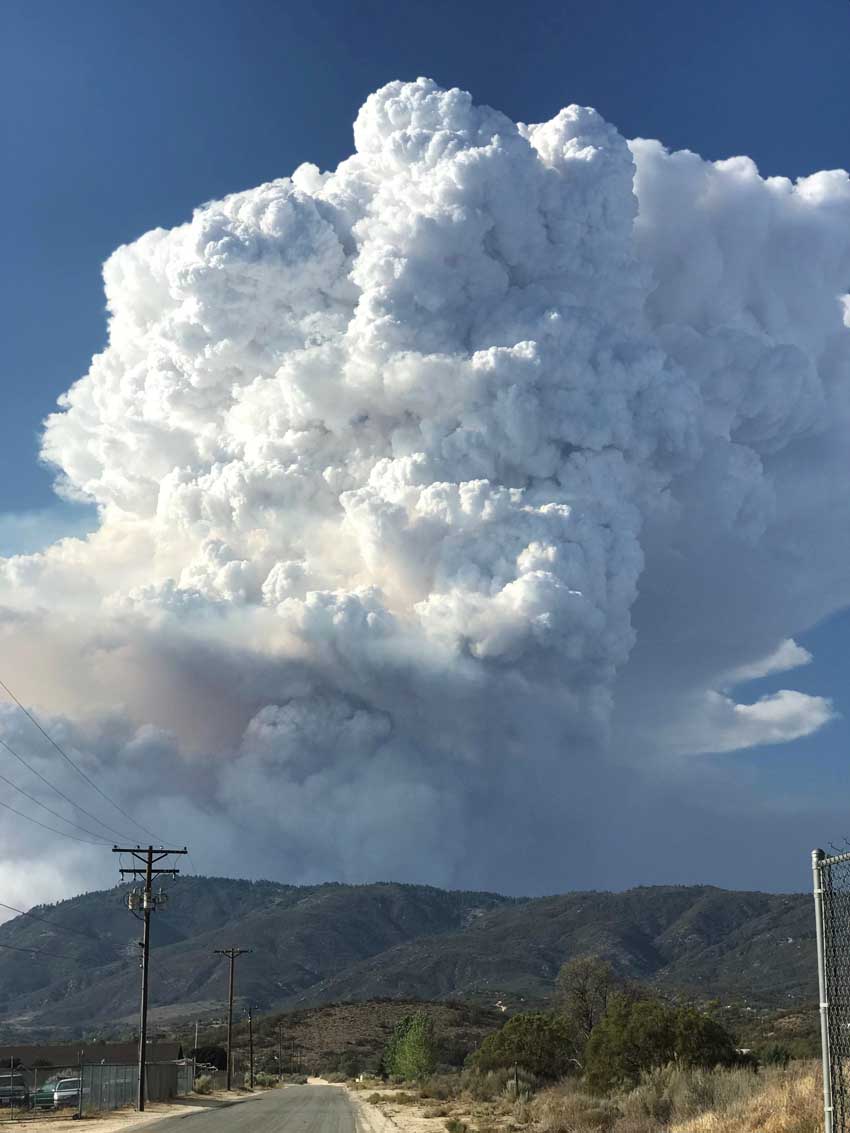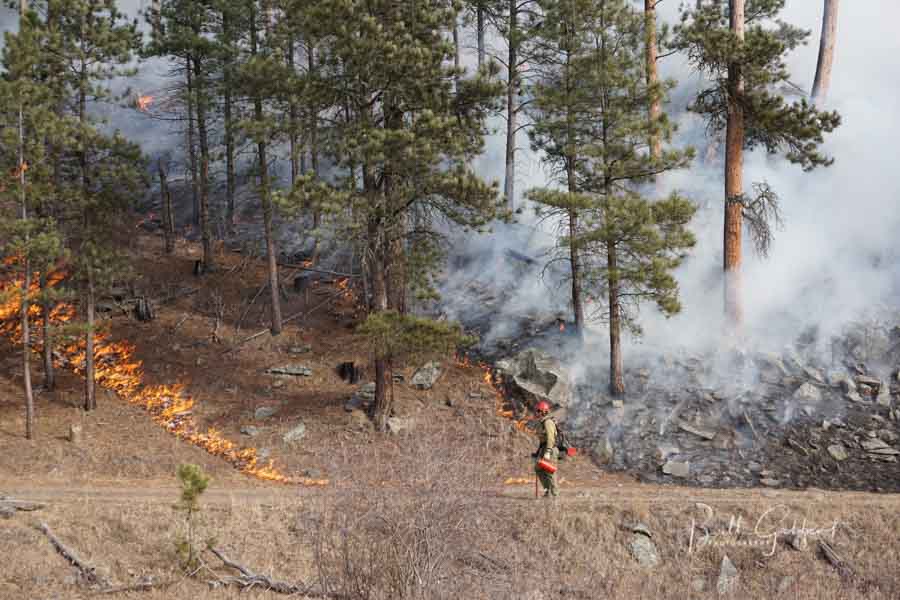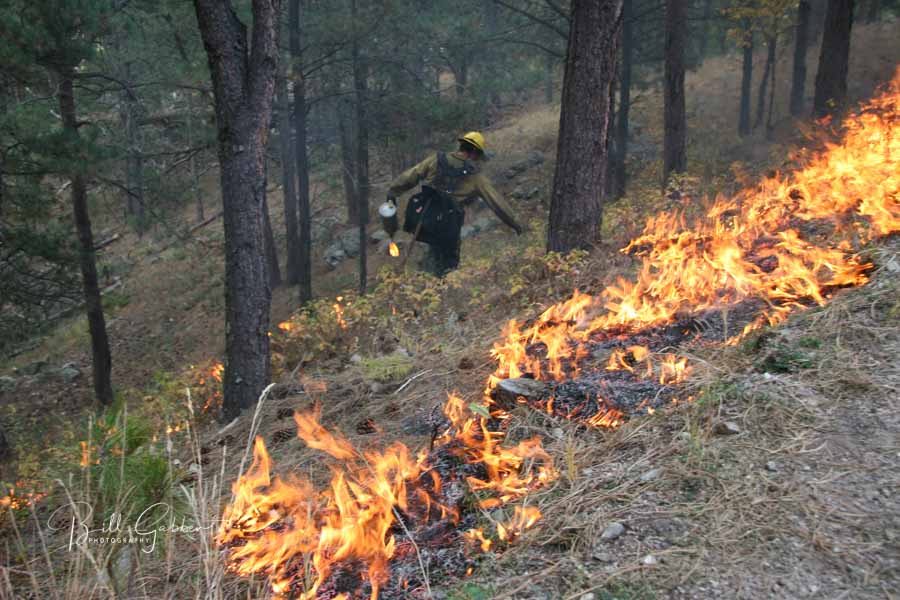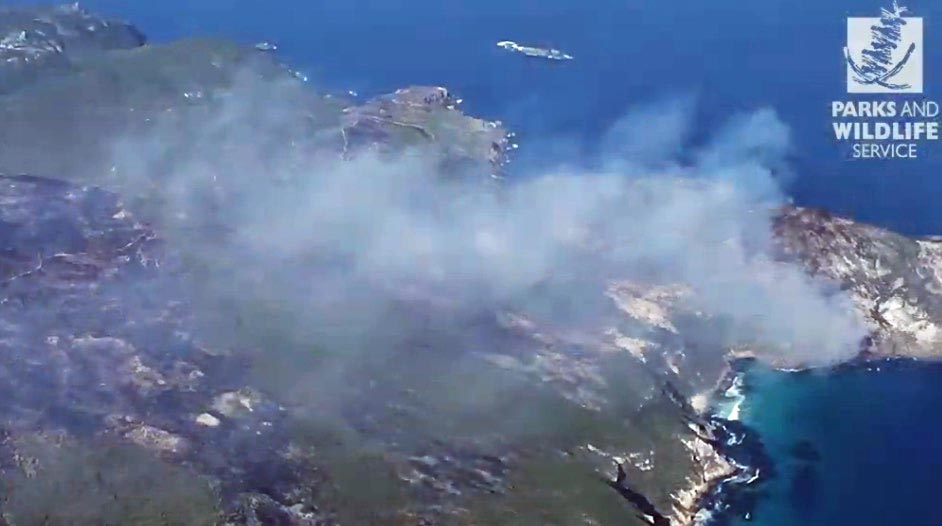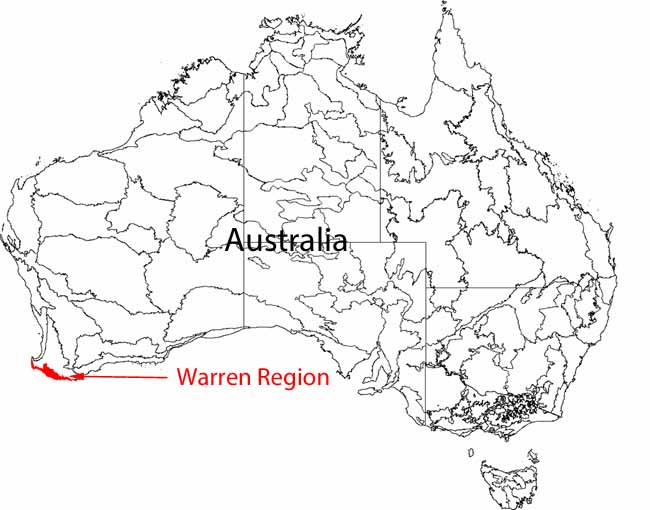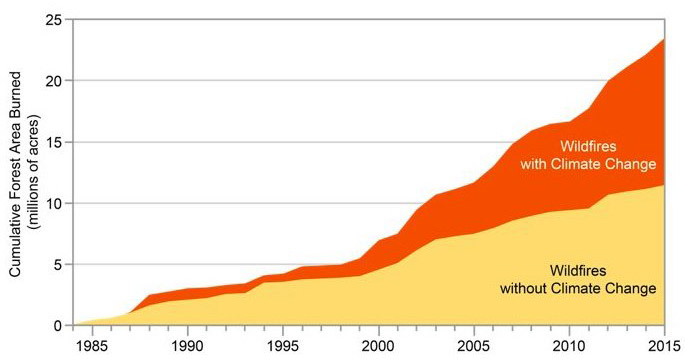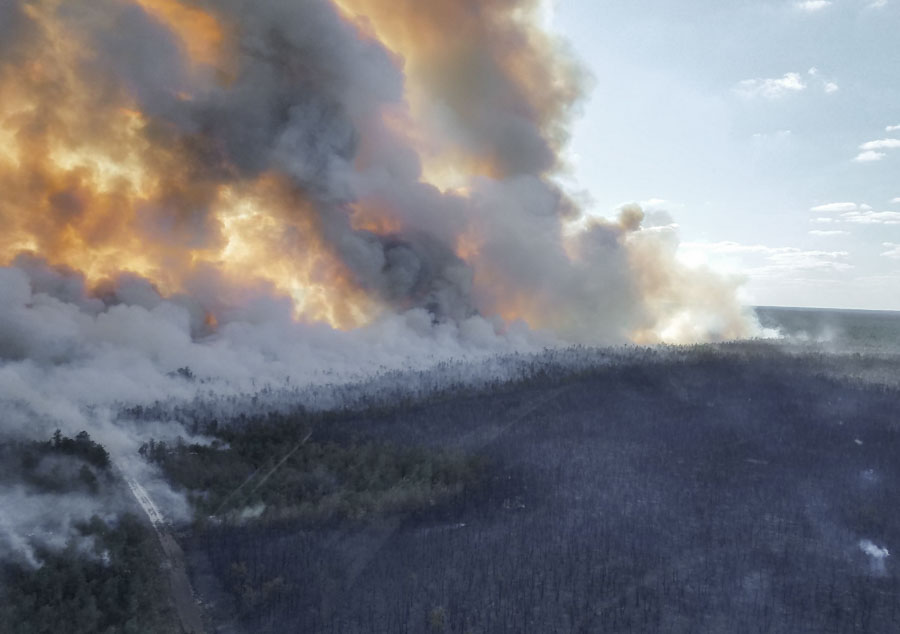
Michael Achey and Marie Cook of the New Jersey Forest Fire Service (NJFFS) wrote this article about their prescribed fire program, which is entering its 84th year in the state.
The NJFFS is the agency responsible for protecting life, property, and New Jersey’s natural resources from wildfire. One of the ways we accomplish our mission is by an aggressive hazardous fuel mitigation program, specifically using prescribed fire.
History and Purpose of Prescribed Fire in New Jersey
NJFFS has been using prescribed fire on state lands since 1936, primarily to reduce hazardous fuel accumulations. Other beneficial effects of these treatments include providing high quality wildlife habitat and resilience in forest health. While reducing the threat to public safety posed by hazardous fuels is always the primary mission, this year’s signing of the New Jersey Prescribed Burning Act has given fire management officers additional latitude for using prescribed fire as a tool to achieve several other ecological objectives. While prescribed burning takes place statewide across all ownerships, much of the activity is concentrated on state lands in fire-adapted Pine Barrens communities.
The state has proposed over 30,000 acres to be treated by prescribed burning this season, a seemingly ambitious goal having come off one of the wettest years current fire managers have ever experienced through the course of their careers. Prior to treatment, all proposed prescribed burn units are approved through a Departmental review process that considers natural resource, historical and ecological concerns, after which burn plans are prepared by local fire managers for each unit. At the time this article was written, towards the culmination of NJ’s prescribed burn season, approximately 15,000 acres of public and private land had been treated.

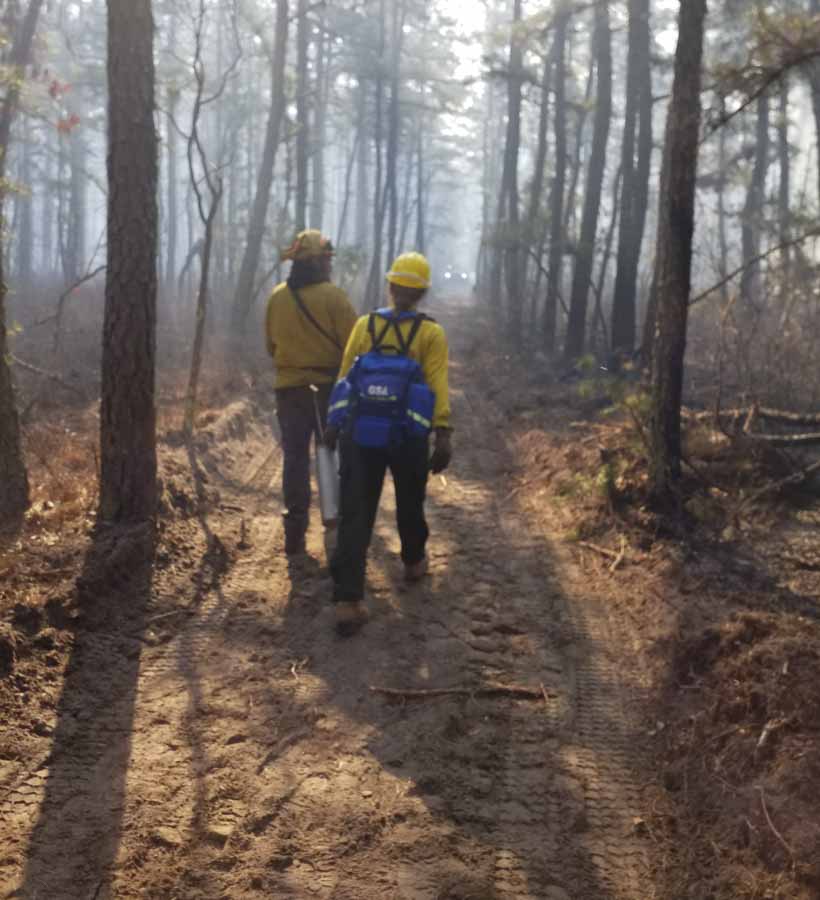
Education and Outreach
The 2019 burn season marks the second formalized annual Prescribed Fire Exchange, a program created to provide opportunities for students and practitioners outside NJFFS for training and exposure to prescribed fire techniques utilized in New Jersey. Students from Northern Arizona University, University of Idaho, and Utah State University have received training so far, as well as professional staff from the New York Department of Environmental Conservation, New York’s Central Pine Barrens Commission, and the Montana Department of Natural Resources. NJFFS is extremely proud of this budding program which continues to receive praise from past and current participants. While our roots hold firm to tradition, we are continually seeking ways to improve our programs and expand the scope of their benefits. Anyone interested in participating in future exchanges should contact NJFFS state headquarters located in Trenton, NJ.
Research
Beginning in 1926, the USDA Forest Service Northern Research Station’s program in the NJ Pinelands has served as a regional hotspot for research of fire and forest management practices. Over time, the development of a landscape-scale approach of creating a mosaic with prescribed fire each year has resulted in fuel hazard reduction and promotion of forest health and regeneration.
Today, this program capitalizes on the constantly emerging breadth of new knowledge and technology including satellites and laser-based sensors, to drive research on aspects of fire that were once impossible to study. With topics such as fire spread through ember showers, fire effects, physics-based modeling of fire spread, and technological approaches to assessing hazardous fuels at the wildland-urban interface, this research contributes to the evolution of universally applicable fire science knowledge. Most importantly, the work strives to meet a balance of risk and ecosystem service needs with growing populations and changing forest and climate conditions.
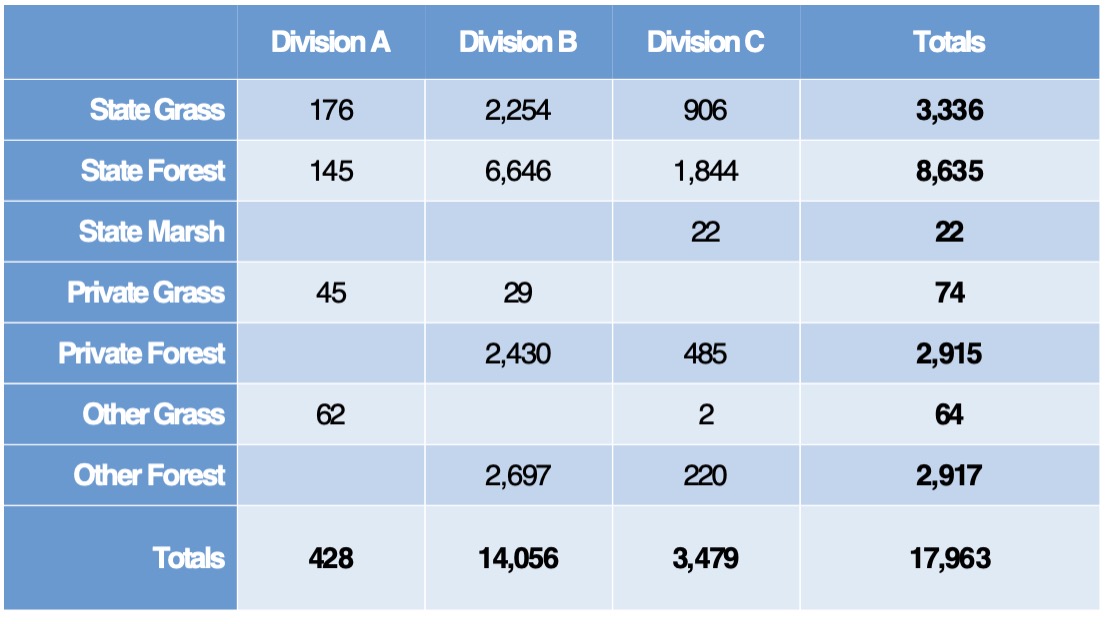
Additional information about the Silas Little Experimental Forest and the New Jersey Forest Fire Service and their prescribed burning program.

